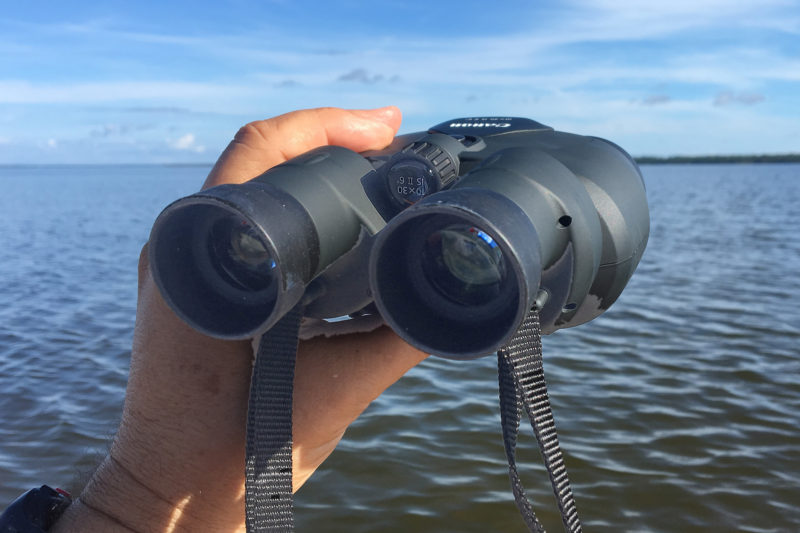 Photographs by the authors
Photographs by the authorsThe matte black finish on the Canon 10×30 IS II binoculars eliminates reflections that would spook wildlife.
Audrey and I like to watch wildlife and marine traffic from our boats, and usually carry a pair of binoculars with us. Unfortunately, our more compact pair does not have a sharp image or a satisfactory magnification; our other pair has good optics but is bulky and very heavy. A few years back, our son visited and brought his new Canon 10×30 Image Stabilization II binoculars, and we agreed that they were impressive, so we bought a pair.
The Canon binoculars are compact and lightweight. They measure 5.9″ x 5″ x 2.8″ and weigh 1.33 lbs. Two AA batteries power the image-stabilization function, and last for up to 9 hours at 77°F. Battery life decreases as temperatures drop; the manufacture’s literature lists an hour of operating at 14°F, but I doubt we’ll ever test that in Florida.
Adjusting the binoculars is easy. One eyepiece has a range of +/– 3 diopters to correct for any difference between the user’s eyes. The focus is then set by turning a central knob. The rubber eyepiece rims are comfortable and can be folded back for viewers who like to wear their glasses. The binoculars are not waterproof, so we are careful to not get them wet—with their small size they are easy to stow in a protected location.
The Canon’s optics are excellent. They are coated to reduce glare, and doublet field-flattener lenses correct for curvature distortion around the edges, resulting in sharp focus to the very perimeter. The Porro II prisms between the 30mm objective lenses and the eyepieces flip the inverted image without loss of brightness or color. The prism arrangement also gives the light path a dogleg, which allows the objective lenses to be farther apart than the eyepieces, resulting in better depth perception than binoculars with roof prisms which keep the light path straight.
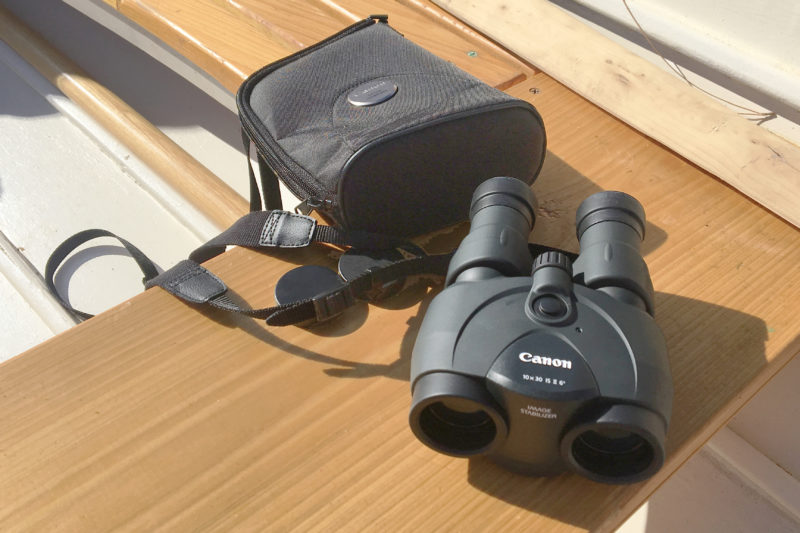
The binoculars came with a case that has an adjustable strap and eyepiece covers.
The image stabilization function is impressive, especially for such a small package. Gyro sensors detect movement and a microprocessor sends signals to the prisms to compensate for image shake. The binoculars have a button to press and hold on the top when image stabilization is desired. The button is well placed, and keeping it pressed down does not interfere with holding the binoculars. They can also be used without the stabilization function.
While IS binoculars cannot compensate for large up-and-down motions of a boat in waves, they do compensate of the image shake caused by the user’s movement and wind. In the past, 7x was about the magnification limit for binoculars practical for use aboard boats. Image stabilization has increased that to 10x, bringing the world significantly closer. Canon’s 10×30 IS II binoculars are not too big, not too small, just right for messing about in boats. We enjoy using them and highly recommend them.![]()
Kent and Audrey Lewis mess about in a fleet of small boats in the Florida Panhandle and are currently building a 16’ catboat.
The 10×30 IS II binoculars by Canon (currently out of stock from the manufacturer) are listed at $549.99 and at discounted prices from online retailers.
Is there a product that might be useful for boatbuilding, cruising, or shore-side camping that you’d like us to review? Please email your suggestions.

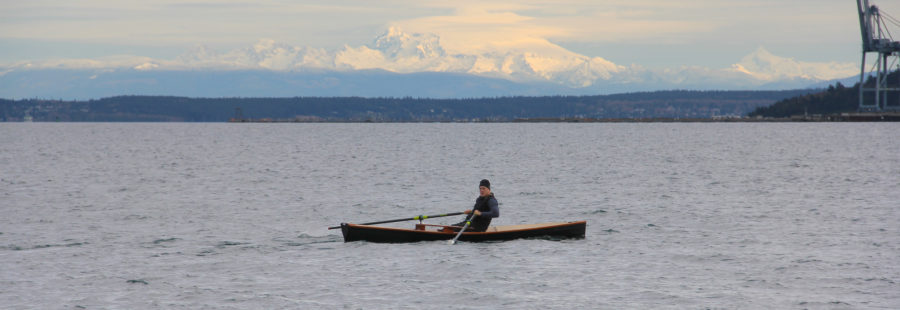

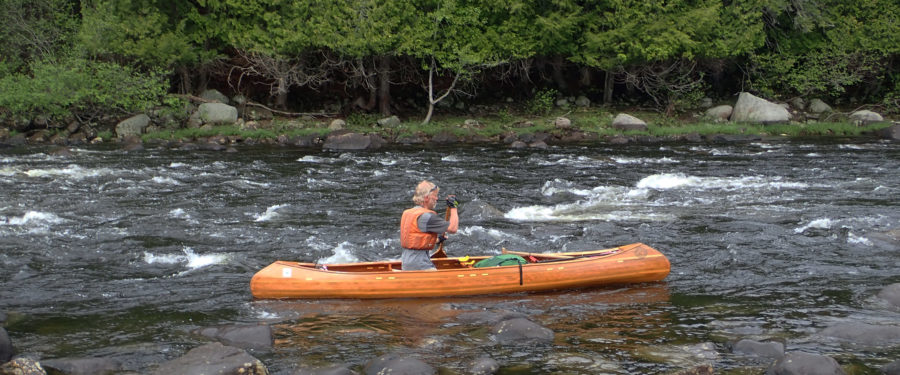
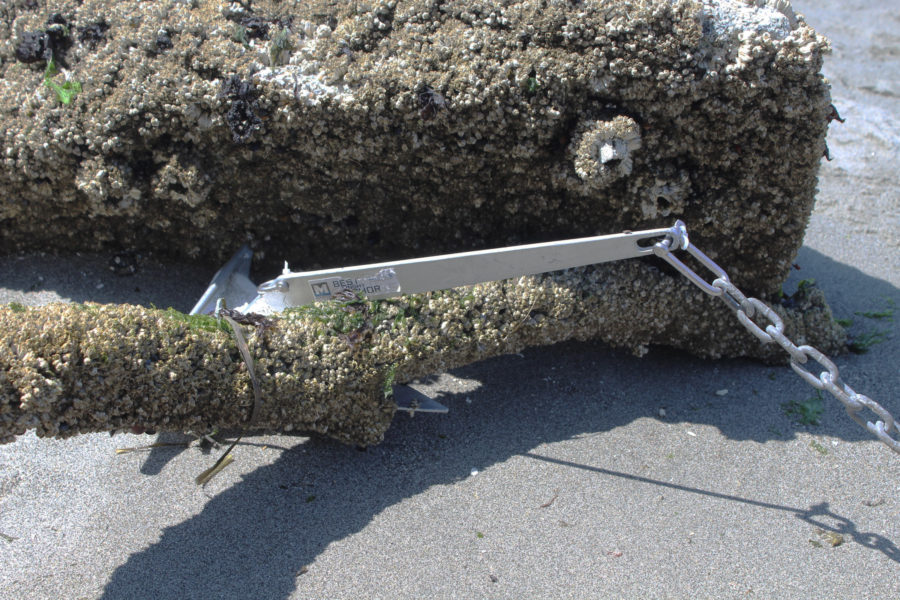
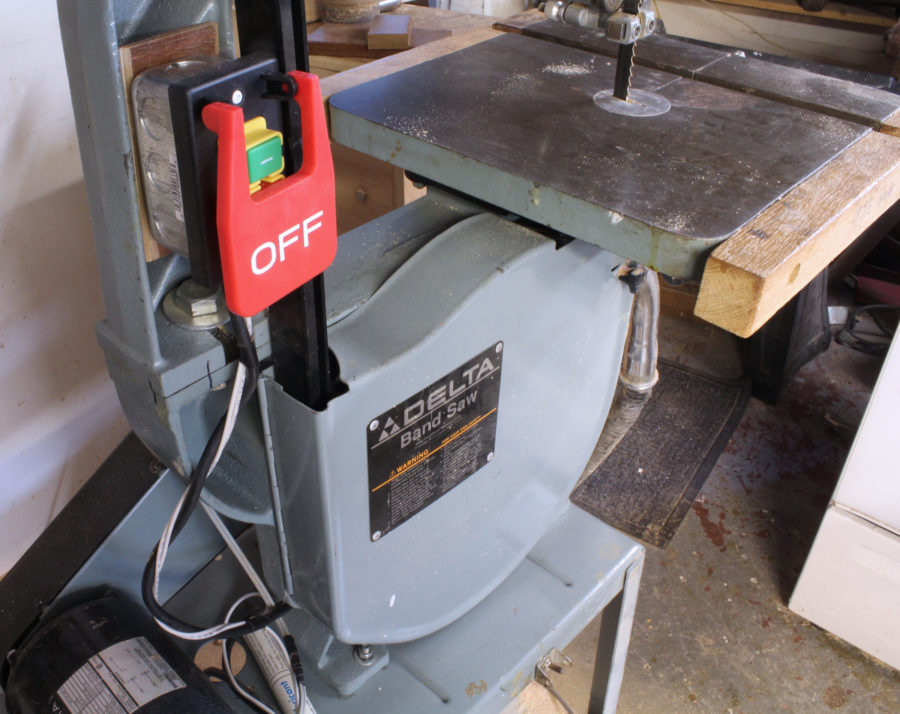
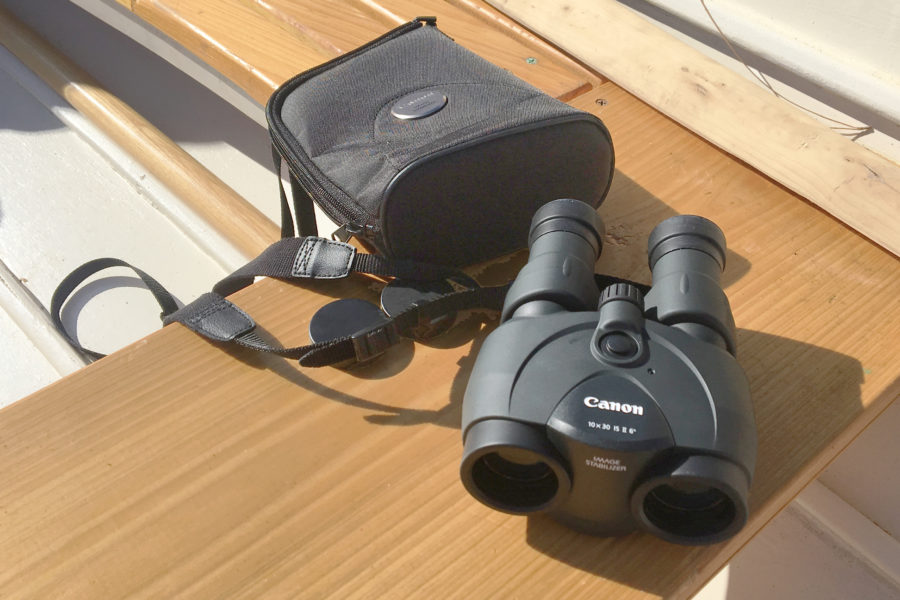
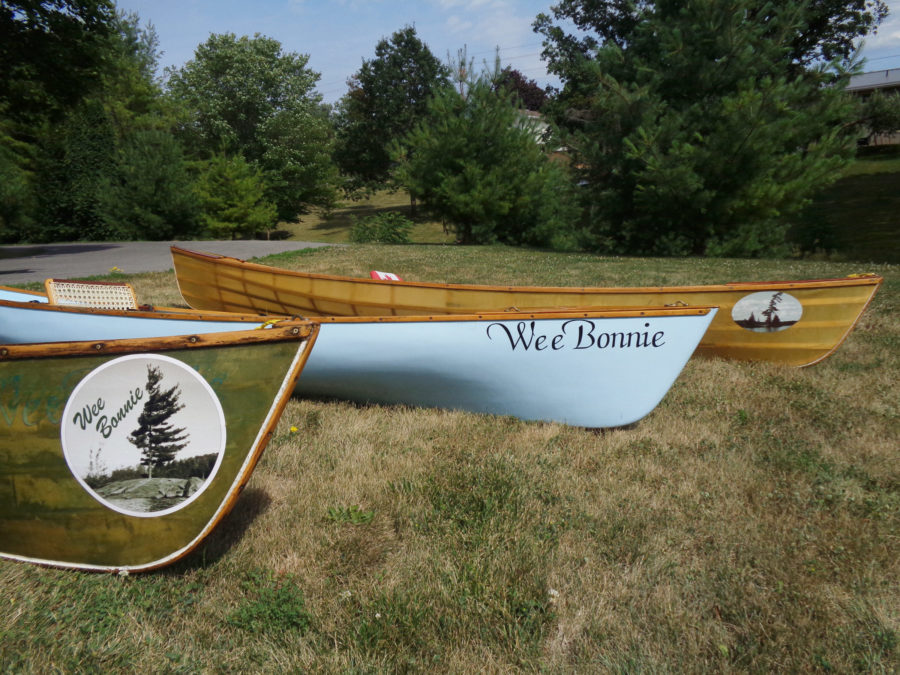
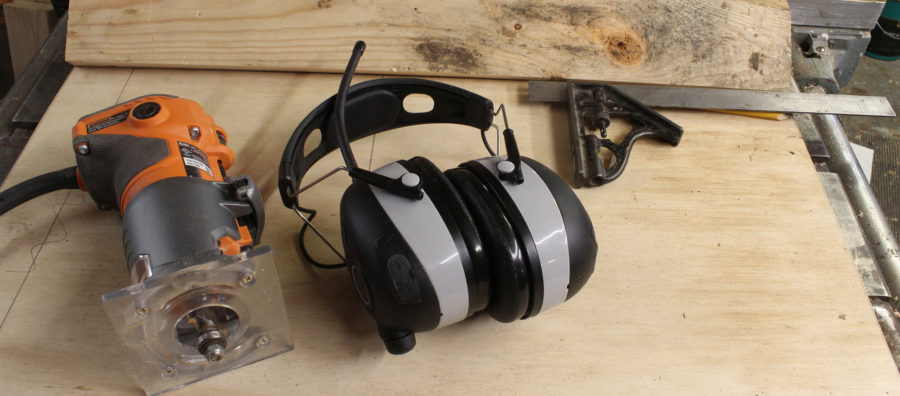
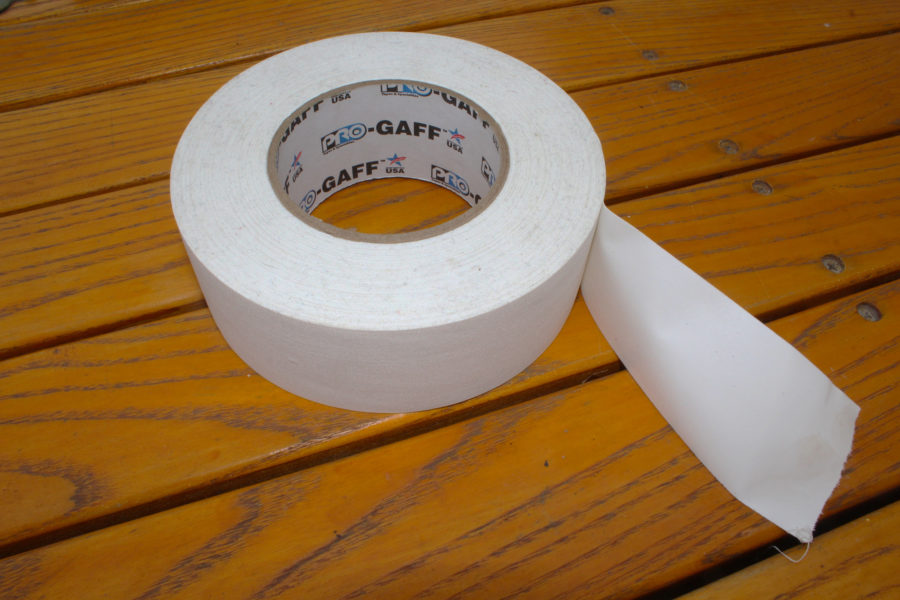
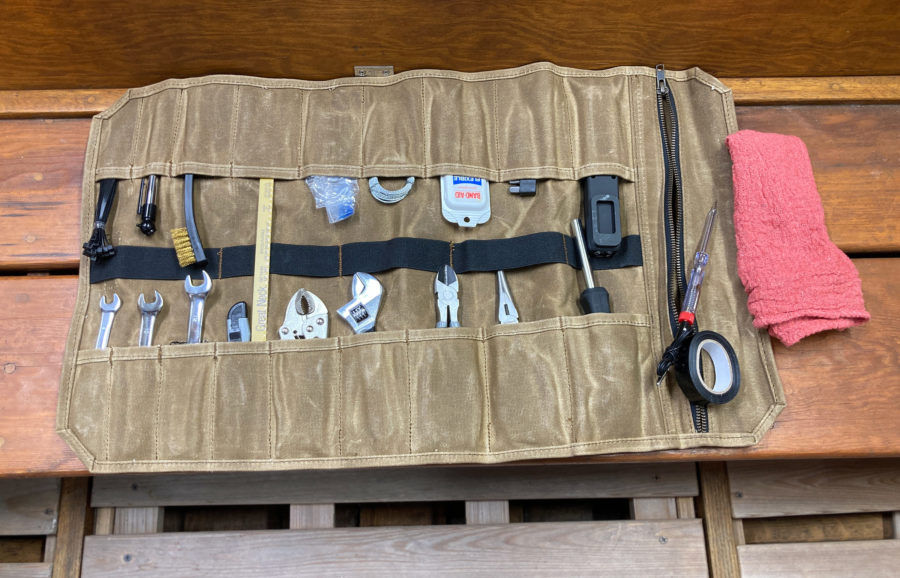
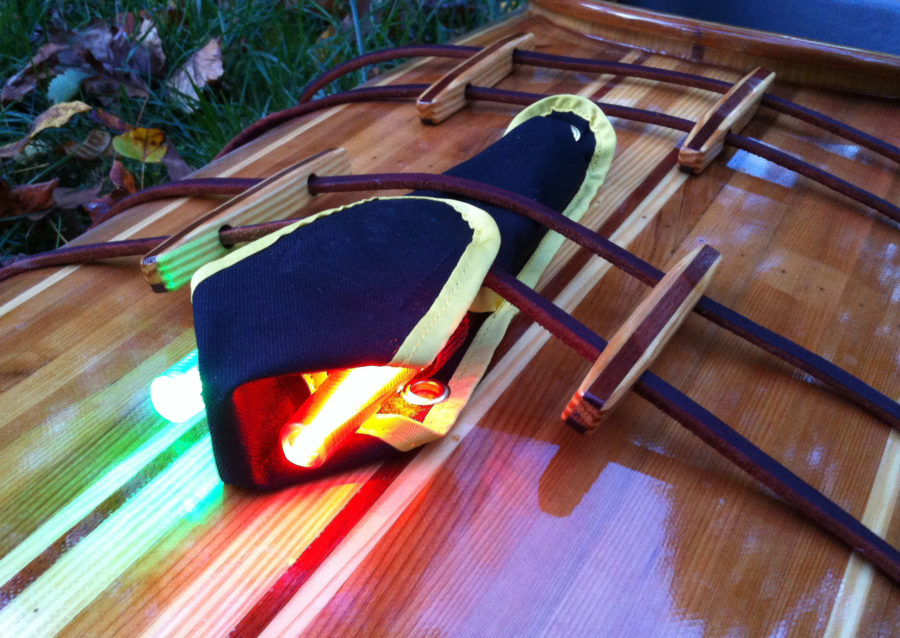
I use my pair on my 17′ Boston Whaler Montauk to search for markers. They work great.
Good article, Kent